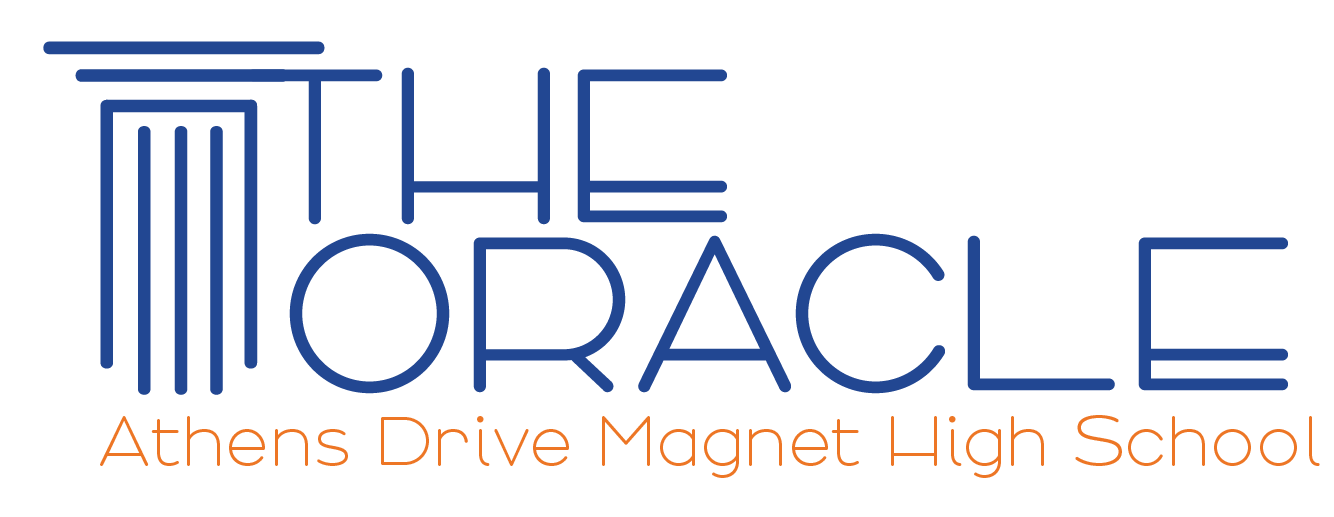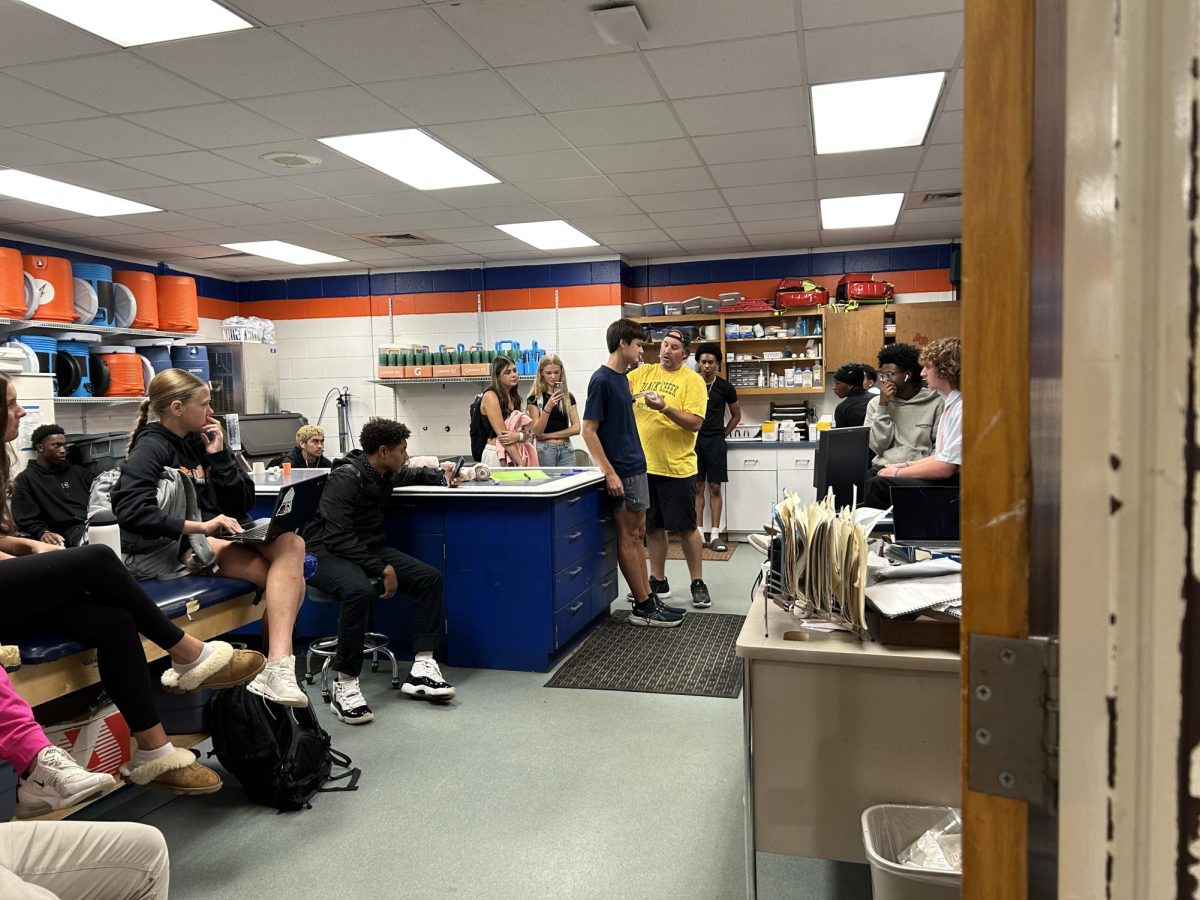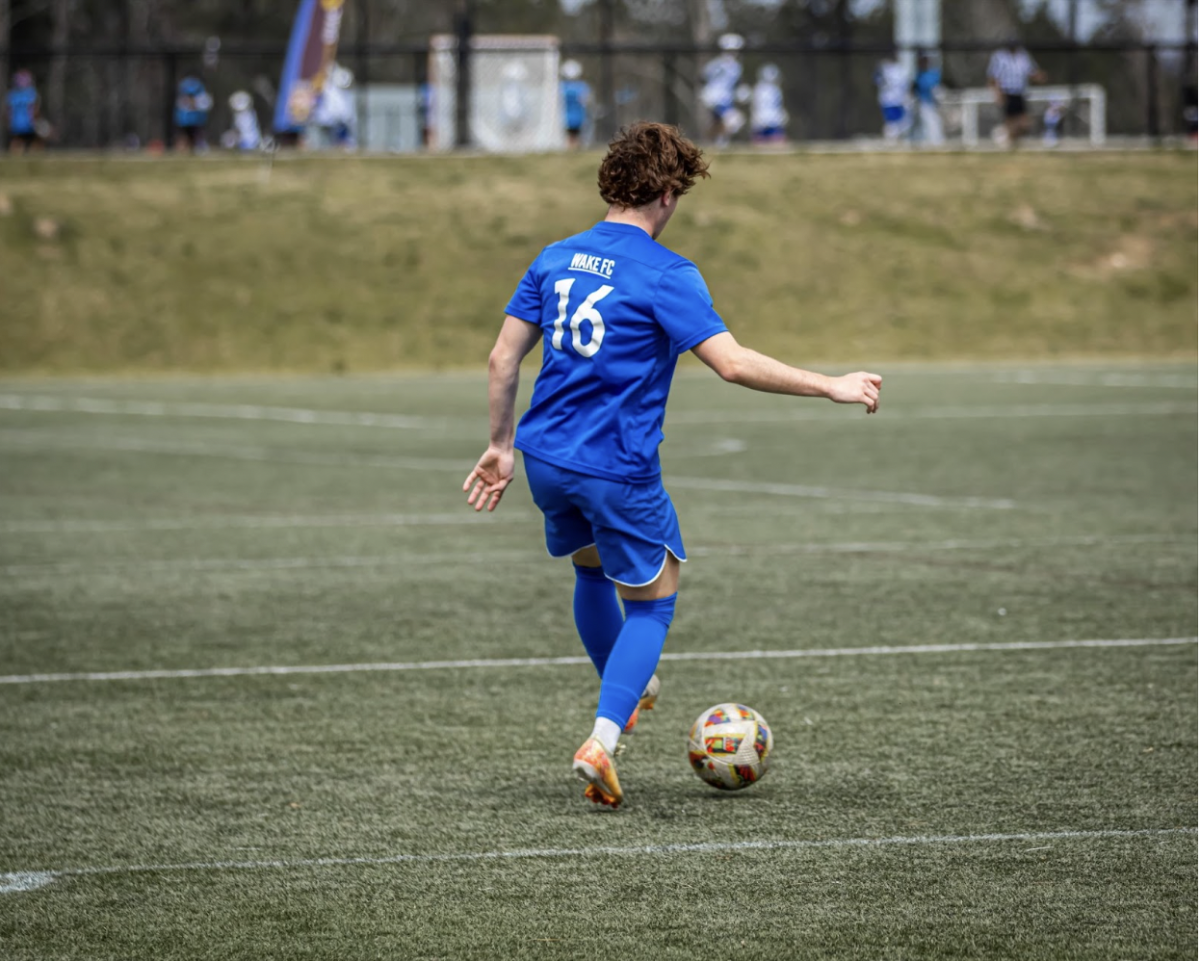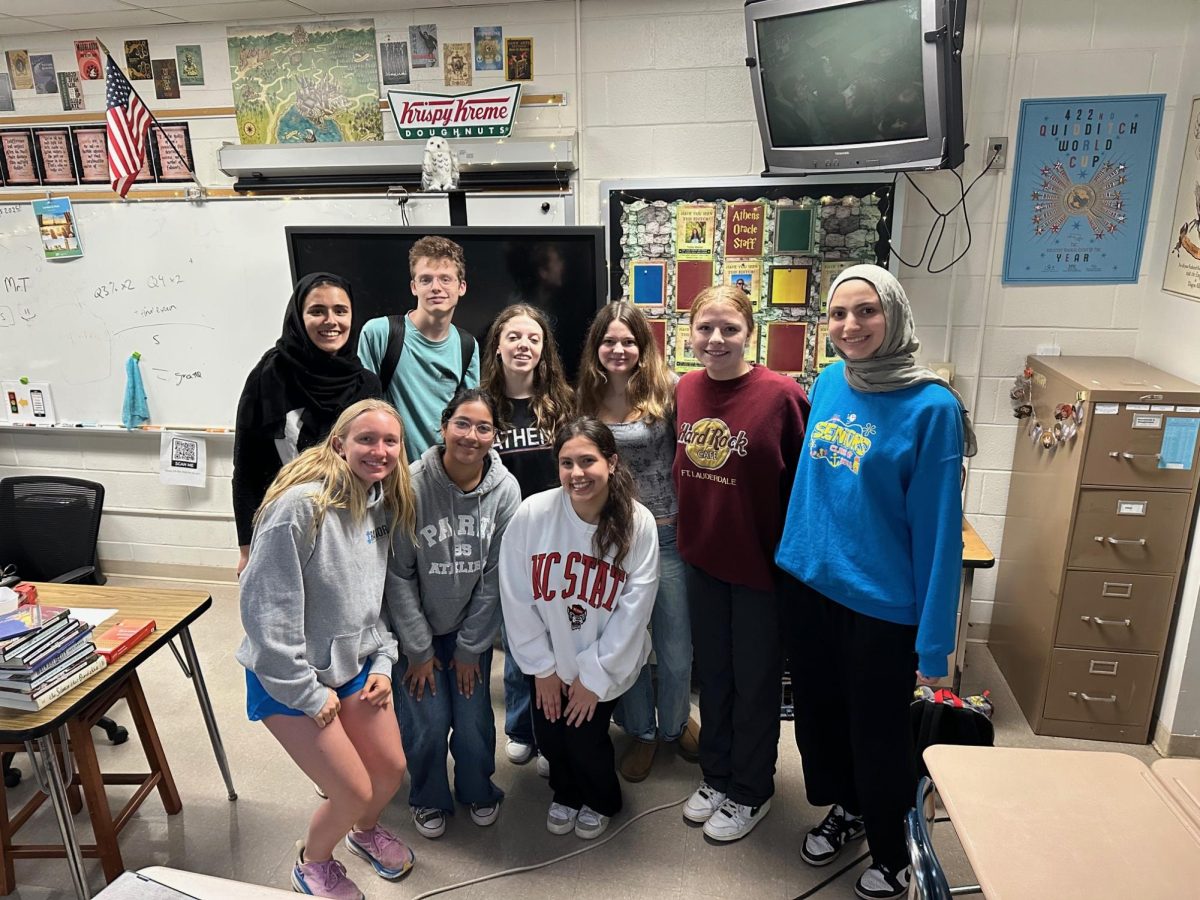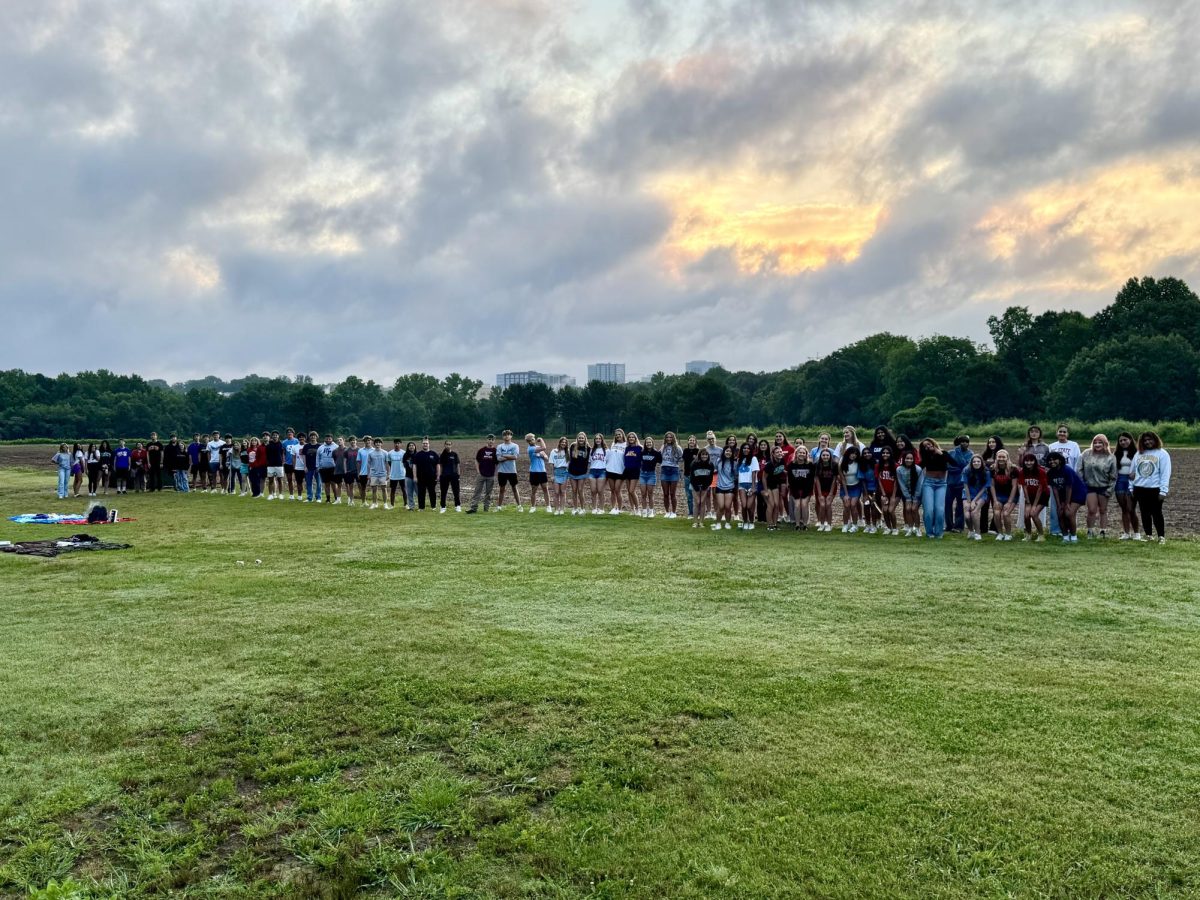Behind every injury at a sporting event is an athletic trainer, ready to assist the athlete. Athletic trainers have many responsibilities on and off the field that all contribute to the overall safety and education of the athletes. At Athens Drive, the athletic trainer, Thomas Philips, is known to staff and students as Phil.
“For injuries, I try to see what is wrong with the athlete and see if he/she will need to see a doctor, treat him/her, and help with rehab to get them back as quick and as safe as possible,” said Philips. “As for injuries during sporting events, I will examine them to see what I think the injury is and if he/she needs to be referred to a doctor. Then I will treat them and then inform the parents about what I think the injury is,” said Philips.
Philips is a sports medicine educator and a licensed North Carolina athletic trainer. He teaches students about different types of injuries, the risks involved in sports, and how to treat injuries. As an athletic trainer, he is responsible for preventing, diagnosing, and treating injuries.
“When I tore my ACL playing flag football, he was fast to get to me and was able to determine that I needed to go to Urgent Care [after bending my knee for me], and he assisted in helping me off the field. He drove me in the gator to my mom’s car and gave me crutches so I could walk into urgent care,” said Ella Johnson, junior.
He helped Johnson where he was able to efficiently and diagnose accurately. Philips gained this passion for athletic training after a bad situation with an injury at school.
“At my high school, we did not have an athletic trainer, and I got injured in a football game. I played for three months on a cracked growth plate in my femur. Then, when it was over I wanted to be an athletic trainer, so I could help others not having to go through that,” said Philips.
After experiencing an undiagnosed injury that he was able to play on for three months, he realized the lack of education he experienced as an athlete was not safe. Philips went to school to become an athletic trainer to keep other athletes educated and safe.
“I had to get a Bachelor of Science Degree in Athletic Training and to pass the Board of Certification Exam to be nationally certified and had to get a license to practice as an athletic trainer in the state of North Carolina,” said Philips.
In North Carolina, to become an athletic trainer at a high school, you have to be certified and pass an exam. Philips’ determination to help others prompted him to go through the certification and the education. At Athens, Philips plays a big role in sports medicine education and rehab, as well as tending to injuries on the playing field.
“I had a sprained ankle, and Philips helped me with recovery; he made me keep it in an ice bucket for 20 minutes, then ankle stretches where I had to spell the alphabet with my foot. It actually helped a lot; I wouldn’t have known what to do with my ankle without Philips telling me what to do,” said Ja’Qua Reddick, senior.
Categories:
Thomas Philips: Helping on the sidelines
Rose Luck, Assistant Editor
November 14, 2024
Photos by Rose Luck
Philips and his sports medicine class where he is showing them how to do a wrap. This is part of the education on injuries and how to treat them.
